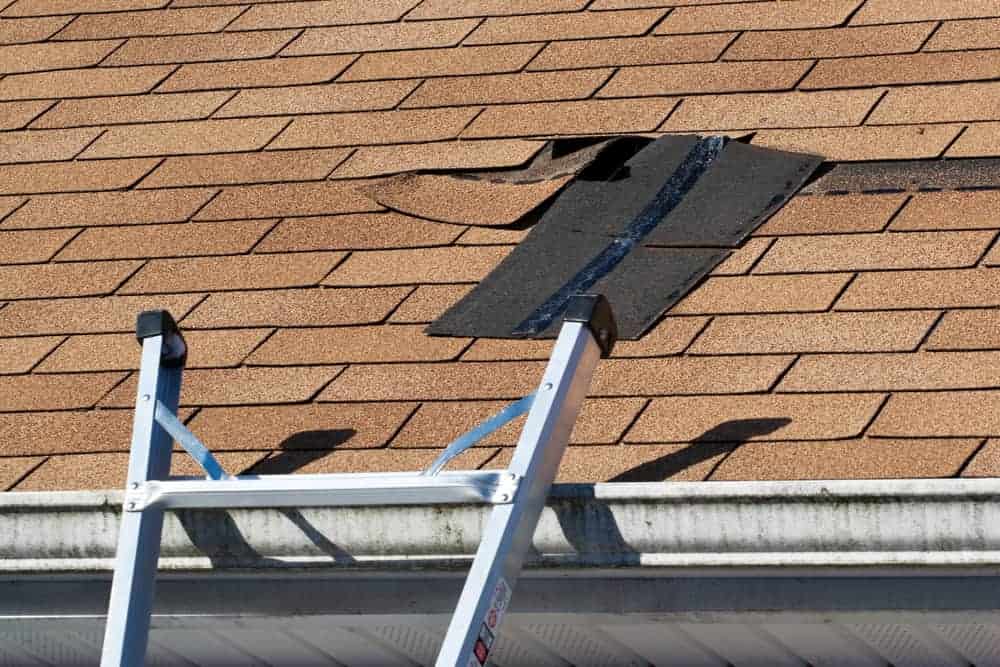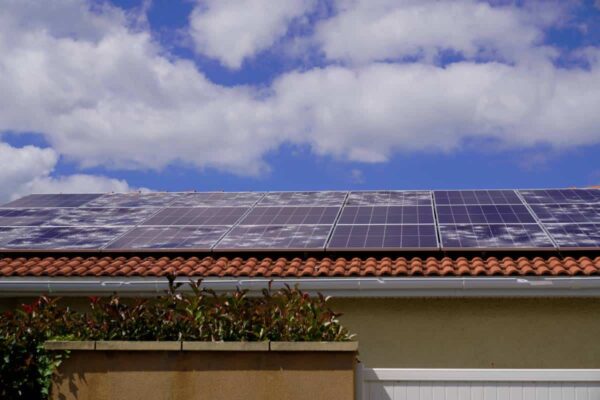Hail damage claims are some of the most popular for home insurance companies. Especially in areas with volatile weather like Texas, you never know when a spout of bad weather is going to hit you, how hard it will hit you, or how to recognize the extent of the damage. There are a few clear cut signs that your roof has suffered from a hail storm, and while it might seem minimal to an untrained eye, the consequences of not addressing these issues in a timely manner could be astronomical to your home and to your finances.
What Are Some Signs My Roof Has Hail Damage?
While it might be difficult to see on top of your roof, there are a few indicators of damage. If you are aware of the size of the hail, you might know there is damage without actually seeing the roof. Hail can fall from the sky at well over 100 miles per hour, so anything over pea sized hail (about a ¼ in diameter) is likely to have caused serious damage. If you notice dents in your rain gutters, you can deduct that the same impact hit your roof as well. You can also look at the siding of your house.
Hail is often accompanied by wind, so you might be able to assess the physical damage by looking at the impact the hail had on the side of your home. Any denting or cracking in the siding can be an indication of damage to your roof. If you have a way of safely getting on your roof, you will be able to see clear signs of any potential damage. Obvious signs would be cracked shingles or shingles that have been blown off entirely. Less obvious signs of hail damage could be bruising. Bruising is similar to dents in your roof, but even smaller. You can use your fingers to feel the areas that were hit with hail, and if you those area have any kind of softness to it, or give when you press them, then you know there is damage from the weather that might cause issues down the road.
What the Harm in Ignoring a Little Hail Damage?
A properly working roof is one of the parts of your life you don’t even notice until it is no longer properly working. Unfortunately, while hail damage might seem like something you can put on the back burner, the consequences of letting it go unfixed can be great. Most insurance companies have a set statute of limitations on roof damage from hail. Meaning, after a storm, your insurance company will only assist you in the problem after a limited amount of time. You should know what this number of months is for your specific insurance company and do not procrastinate on filing a claim after a storm.
Aside from the financial strain of an unfixed roof, you could be putting you and your family in danger by ignoring the signs. The roof of your home protects whatever is on the inside from outside threats. If you notice leaks on the inside of your home, you should immediately have a professional repair or replace your roof. Other than damaging your personal belongings, and beyond the risk of mold and structural damage that could be caused by these leaks, there are a multitude of piping and wiring in the walls and attic of your home. The combination of water from your roof leak and these electrical wires is a recipe for something as extreme has a house fire, causing irreparable damage and, potentially, even injury or death.
While these issues might seem easy to ignore, it is in the best interest of your home and the people living in it to pay close attention to the physical signs of hail damage. If you are unsure if there is damage to your roof or what to do about it, contact us at Divided Sky, Exterior and Roofing company servicing New Braunfels TX. Allow our Buda Roofers to help you assess your roof and help keep your home a dry and safe place to live.







